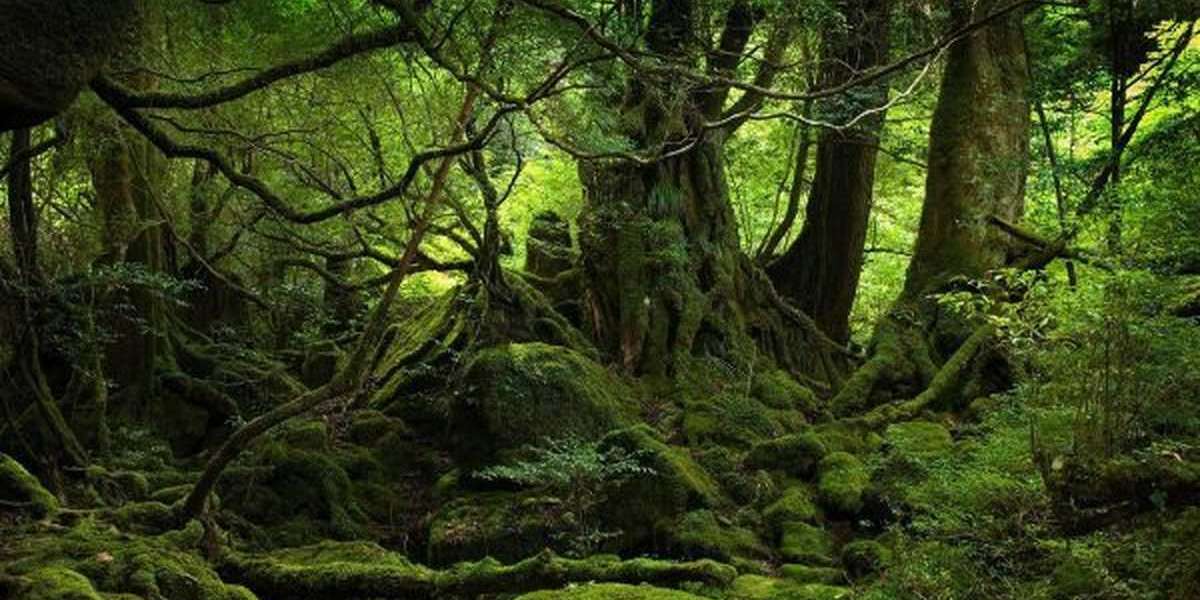Forests are often called the lungs of our planet. They absorb carbon dioxide, support biodiversity, and provide life-sustaining resources to millions of people. But today, they’re under threat like never before—from deforestation, climate change, illegal logging, and unregulated land use. To save the forest, we need more than awareness—we need action, and more importantly, innovation. That’s where technology comes in.
In recent years, the intersection between technology and environmental conservation has opened up new possibilities for protecting forests. From satellite monitoring to AI-powered detection systems and blockchain for timber traceability, tech-driven solutions are redefining how we track, manage, and preserve forest ecosystems.
But the true power of technology lies not only in data and devices—it lies in connection. It connects people to causes, scientists to real-time data, and governments to transparent reporting. This article explores how cutting-edge tools are helping the world take tangible steps to save the forest, protect biodiversity, and empower communities. Whether you’re a tech enthusiast, an eco-warrior, or just someone who cares about the planet, you’ll find that the future of conservation is being shaped by innovation—and it’s already here.
Remote Sensing and Satellite Monitoring
One of the most powerful tools in forest conservation is remote sensing. With satellites orbiting Earth 24/7, scientists and conservationists can observe vast areas of forest without ever setting foot on the ground. High-resolution imagery from platforms like NASA's Landsat and the European Space Agency’s Sentinel satellites allows for detailed analysis of forest cover, tree health, and even illegal logging activities.
These images are often processed using algorithms that detect changes in vegetation. For example, when forest cover drops in a specific area over a short period, alerts are sent to local authorities or NGOs. This near real-time monitoring is crucial for swift intervention and accountability.
Additionally, organizations like Global Forest Watch provide open access to forest data, empowering citizens, journalists, and policymakers with visual, map-based insights. It’s no longer just scientists behind a screen—everyone can play a role in forest protection. The democratization of forest data is a major step toward ensuring transparency and fostering global cooperation to save the forest on a meaningful scale.
Artificial Intelligence for Forest Health and Threat Detection
Artificial Intelligence (AI) is quickly becoming a game-changer in environmental science. AI-powered tools can analyze vast data sets collected from satellites, drones, and sensors in record time, identifying patterns that would take humans weeks or even months to detect.
For instance, machine learning models can predict potential forest fires by analyzing dryness levels, temperature trends, and wind speeds. Similarly, AI is used to detect illegal logging by recognizing suspicious vehicle movements or unauthorized clearings in protected areas.
In tropical rainforests, where dense canopies make visual monitoring difficult, AI models trained on acoustic data can detect chainsaws, gunshots, or human voices. These models alert rangers in real-time, allowing them to respond before damage becomes irreversible.
By transforming raw data into actionable insights, AI is giving conservationists a critical advantage—speed. And in the race to save the forest, speed can mean the difference between protection and destruction.
Drones: Eyes in the Sky
Drones offer a flexible, affordable, and highly effective way to monitor forest areas. Unlike satellites, which may be blocked by cloud cover or limited in revisit frequency, drones can be deployed quickly to get high-resolution, real-time images of specific locations.
These flying machines are used for mapping deforestation hotspots, surveying wildlife, and even planting trees using seed-dropping technology. In some parts of the world, drones have helped plant thousands of trees per day—reducing labor costs and accelerating reforestation efforts.
Drones also play a vital role in monitoring forest recovery after natural disasters or wildfires. They help measure the success of restoration projects and ensure that investments are leading to real environmental gains.
Blockchain for Transparent Timber Tracking
Illegal logging remains a major issue in many regions, particularly where enforcement is weak or corrupt. Here’s where blockchain technology steps in. With blockchain, every stage of the timber supply chain can be recorded and verified—from harvest to export.
Each log can be tagged with a unique digital certificate that includes GPS coordinates, harvest dates, and transportation records. Because blockchain records are immutable, they provide a transparent and tamper-proof trail, making it much harder for illegal timber to enter the market.
This not only helps governments and companies ensure compliance with environmental laws, but also builds trust with consumers who want to buy only sustainably sourced wood. Through blockchain, we’re making the forest economy cleaner, more transparent, and better equipped to save the forest for generations to come.
Mobile Apps and Community Involvement
One of the most encouraging tech trends in conservation is the rise of mobile applications that engage local communities. These apps allow people living near forests to report illegal activities, log tree planting efforts, and track wildlife sightings—all with just a few taps on their phones.
Apps like Forest Watcher or OpenForests help bridge the gap between field data and global conservation networks. They empower indigenous communities and local rangers to play an active role in forest protection, providing them with the tools to report and respond to threats effectively.
By placing technology in the hands of those who are most connected to the land, these apps are turning passive observers into active protectors—strengthening local stewardship as a vital piece of the puzzle.
Conclusion:
Technology alone cannot heal the planet—but it can give us the tools, data, and momentum needed to act smarter and faster. From AI to blockchain, drones to satellite imaging, we now have an ecosystem of innovation that supports the urgent mission to save the forest.
But the real challenge is not just technological—it’s cultural and political. Tech must be paired with awareness, education, and collaboration. Governments, businesses, and everyday citizens need to rally behind these tools, invest in their development, and implement their findings.
The forest has always stood as a symbol of life, resilience, and connection. With the right mix of passion and progress, we can ensure that forests continue to thrive—and that future generations inherit a planet still rich with green wonders.
Let’s protect what protects us.
Explore more ways to get involved at Friend of the Earth.







